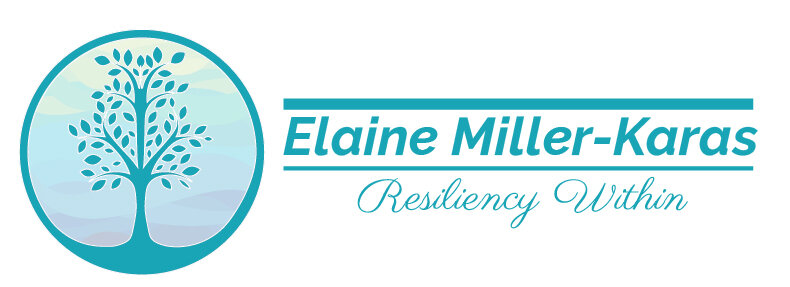Journal of the American Psychiatric Nurses Association
The Trauma Resiliency Model: A “Bottom-Up” Intervention for Trauma Psychotherapy
By, Linda Grabbe and Elaine Miller-Karas
Abstract
BACKGROUND: The Trauma Resiliency Model (TRM) is an innovative therapeutic approach for trauma. This “bottom-up” somatic approach comprises nine skills that use sensory awareness for emotion regulation and integration. Body-based therapies may be more effective for trauma than currently used cognitive (‘top-down”) and exposure therapies. OBJECTIVE: The purpose of this article is to present TRM and current literature on the neuroscience of trauma and resiliency, and the rationale for body-based therapy. Two case examples illustrate the practical use of TRM therapy. DESIGN: The literature on the neuroscience of trauma, resiliency, and somatic approaches in therapy is reviewed. RESULTS: TRM teaches the biology of trauma responses and the practice of emotion regulation through biologically based skills. Neuroscience theory supports somatic awareness models; however, research on somatic therapies is limited. CONCLUSIONS: Chronic distress from trauma derails the ability to live life resiliently. TRM addresses trauma processing in a gentle and invitational manner and is a novel departure from existing therapies. Despite a paucity of research on body-based therapy, these therapies have strong neurophysiologic underpinnings.
